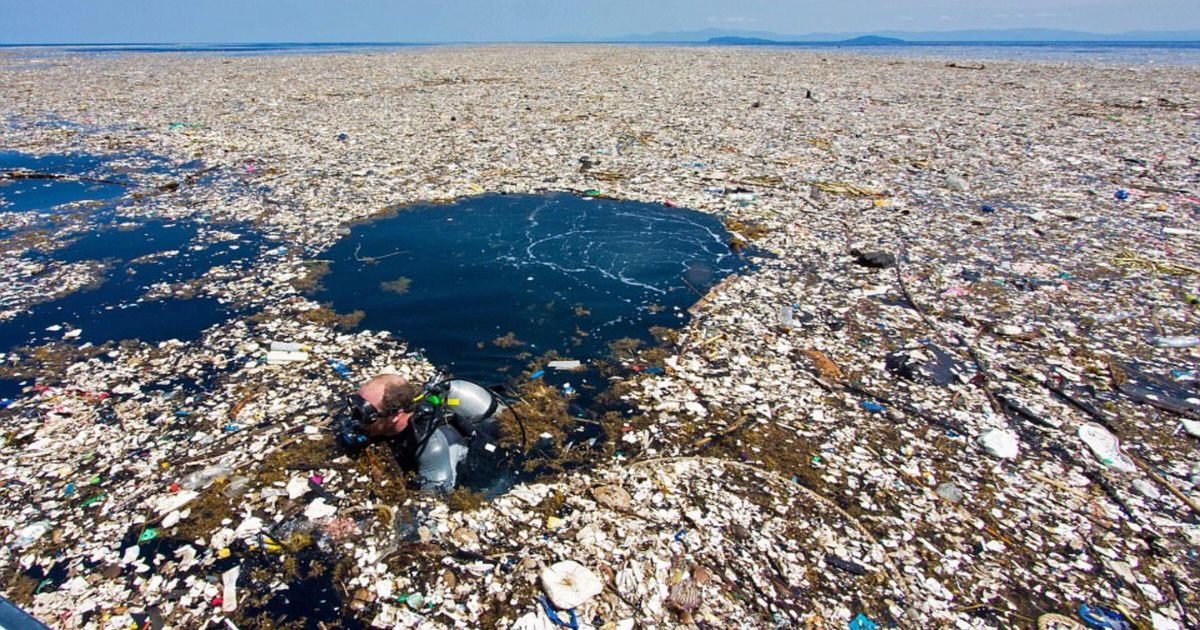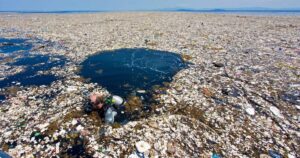Plastic Pollution: A Global Challenge
Plastics have become an integral part of our lives, offering convenience and versatility. However, their disposable nature has led to a significant environmental crisis. Plastic waste, in particular, poses a severe threat to marine life and ecosystems. Scientists estimate that approximately 80% of ocean trash is made up of plastics, with tens of thousands to hundreds of thousands of tons present in our oceans.
The Challenge of Measurement
Measuring the exact amount of trash in the ocean is a complex task. While scientists have mapped the mass of plastics on the ocean’s surface, there is limited information about what lies beneath. Plastics can become embedded along coastlines, sink into sediment, return to beaches, or settle in the deep ocean. Surface plastic represents only a fraction of the overall trash in our oceans.
The Impact of Plastic Fishing Gear
One significant contributor to ocean pollution is fishing gear. Industrial fishing gear alone accounts for over 100 million pounds of plastic waste annually. Additionally, food wrappers, cigarette butts, bottles, and grocery bags are common items found in the oceans. These pollutants come from various sources, including landfill leakages, littering on beaches, waste mismanagement, and sewer outflows.
Understanding the Numbers
Estimating the exact amount of trash in the ocean is challenging due to various factors. However, researchers have made significant progress in providing some insights into the scale of the problem.
Global Plastic Production and Waste Management
The production of plastic has skyrocketed over the past few decades. Currently, only 9% of plastic is recycled globally, while 49% ends up in landfills. Incineration accounts for 19% of plastic waste, and 22% is mismanaged, making its way into our oceans. If no action is taken, predictions suggest that the amount of trash released into the oceans could reach 64 billion pounds by 2040.
The Persistence of Plastic
Plastic pollution is not a short-term problem. Plastics can persist in the environment for decades or even centuries. Researchers have discovered plastics from as far back as the 1960s and 70s in the infamous Great Pacific Garbage Patch. This long lifespan emphasizes the need for comprehensive solutions that address both the existing plastic accumulation and the prevention of further pollution.
The Road to Sustainability
Addressing the crisis of ocean trash requires a multifaceted approach. Solutions must focus on mitigating plastic pollution at its source, intercepting plastics before they enter the ocean. Thorough mapping of pollution sources is necessary to identify areas where intervention is most needed. Additionally, efforts should be made to remove existing plastic waste and responsibly handle it before it further degrades into smaller particles.
Creating Accountability and Sustainable Communities
Accountability for plastic waste and its proper disposal is crucial. It is essential to promote sustainable practices and create communities that prioritize waste management and recycling. By intercepting plastics before they reach the ocean, we can prevent further pollution and protect marine ecosystems.
The Urgency for Change
The scale of the ocean trash problem demands immediate action. Urgent measures are needed to reduce plastic production, improve waste management infrastructure, and promote sustainable alternatives. Governments, businesses, and individuals must work together to implement policies and practices that minimize plastic waste and protect our oceans.
Conclusion
The amount of trash in our oceans is a global crisis that requires our immediate attention. Plastics, in particular, pose a significant threat to marine life and ecosystems. While measuring the exact quantity of ocean trash remains a challenge, the available data and estimates paint a dire picture. Addressing this problem demands comprehensive solutions that focus on reducing plastic production, improving waste management, and creating sustainable communities. By taking action today, we can protect our oceans and ensure a healthier future for generations to come.










